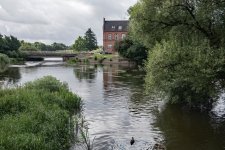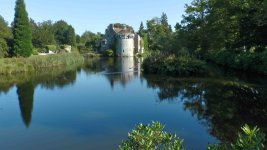- Messages
- 2,854
- Name
- Chris
- Edit My Images
- Yes
After doing some investigating into landscape photography it seems that graduated filters would be useful and fairly wide lens. Now the stupid questions.
Other than cost, what is the difference between cheap and expensive filters? What is a mid point range?
I have seen folk talkbabout 14-28 or similar. Other than it being wider than say, 20-60, is there another benefit?
Other than cost, what is the difference between cheap and expensive filters? What is a mid point range?
I have seen folk talkbabout 14-28 or similar. Other than it being wider than say, 20-60, is there another benefit?



